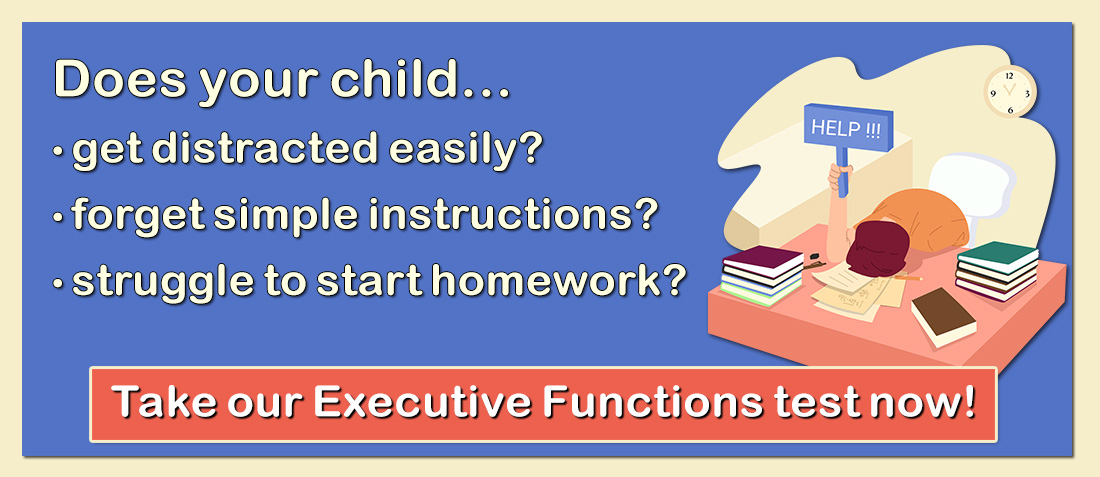 Eating Disorders are serious psychological and medical conditions. They involve significant disturbances in behaviors and emotions surrounding issues of food, weight, and body image. Eating Disorders can be life-threatening and require prompt and sustained attention.
Eating Disorders are serious psychological and medical conditions. They involve significant disturbances in behaviors and emotions surrounding issues of food, weight, and body image. Eating Disorders can be life-threatening and require prompt and sustained attention.
There are three major types of Eating Disorders:
- Anorexia Nervosa — This condition is characterized by the refusal to eat, excessive weight loss, and the fear of becoming fat. Individuals with Anorexia Nervosa refuse to maintain body weight at or above a minimally-normal weight for height, body type, age, and activity level. They frequently report feeling fat or overweight despite being at an average or below-average weight. They may display disturbances in how they view their body weight or body shape. Females frequently experience an interruption in or loss of menstrual periods.
- Bulimia Nervosa — Symptoms of this condition include cycles of binge eating, which are often secretive, followed by purging behavior, such as self-induced vomiting or the misuse of laxatives, diuretics, or enemas. These individuals eat an excessive amount of food, far more than people require in one meal, in a short period of time and then get rid of the food through purging. Individuals with Bulemia Nervosa report repeated episodes of binging and purging, a loss of control around eating, frequent dieting, and extreme concern with body weight and shape.
- Binge Eating Disorder — With this condition, an individual may gorge rapidly on food but will not display purging behavior. These individuals display uncontrolled, impulsive, and continuous eating beyond the point of feeling comfortably full. Some individuals with Binge Eating Disorder have sporadic fasts or repetitive diets. These individuals often report feelings of guilt or shame after binge eating. They often report signs and symptoms of anxiety, depression, or other psychiatric disorders that may play a role in their unhealthy eating behaviors.
There are a number of other characteristic behaviors that individuals with Eating Disorders may display. Many of these individuals exhibit signs of significant depression, social withdrawal, or anxiety. Obsessive-compulsive features related to food and to other issues are often observed. Some individuals exercise excessively. Many serious medical conditions are associated with these disorders, so a medical evaluation should be the first course of action taken to help individuals who have Eating Disorders.
Recommendations
1. Consult with your child’s pediatrician immediately. While Eating Disorders are diagnosed as a psychiatric condition, they also involve very serious medical components.
2. Find a therapist who is an expert on Eating Disorders. It is important that you choose a therapist with training in and experience with this condition.
3. Examine your own attitudes about food, eating, and physical appearance. You may be sending your children overt or subtle messages with regard to your own attitudes and beliefs surrounding food, dieting, and body shape.
4. Display moderation in your own exercise, food intake, and general attitude about nutrition and eating. Modeling appropriate behavior for a child with an Eating Disorder increases the reliability and validity of your communications with this child.
5. Avoid power struggles over food. One common psychological component of Eating Disorders is the issue of personal control, so it is important for parents to avoid attempting to control what and how much your child eats.
6. Build your child’s self-esteem. Find genuine methods to help children feel positively about who they are by encouraging their interests, strengths, and efforts. If possible, encourage your child to find ways of helping others in need.
7. Increase your awareness of some of the cultural pressures on young people to be thin and physically-fit. Initiate non-threatening discussions about some of these cultural concerns so that your child is able to better understand the unrealistic nature of some of the cultural images that are so regularly portrayed in the media.
8. To learn more about Eating Disorders, go to the websites or read some of the books that are listed below.
Websites
WebMD – Children: Provides a basic overview of anorexia, bulimia, and binge eating, including the symptoms of and possible treatments for these disorders.
Eating Disorder.com: Gives in-depth descriptions of multiple eating disorders and provides information on treatments and how to get help now.
Help Guide: Provides information on bulimia, such as symptoms and treatment types, and provides information for others to help a loved one who is suffering from bulimia.
Help Guide: A good resource for family members or friends of a person with an eating disorder. Describes many signs of eating disorders and provides tips for approaching someone with an eating disorder.
National Eating Disorder Information Center: The National Eating Disorder Information Center offers extensive information on eating disorders, including statistics and tips for how to help yourself or someone else with an eating disorder.
Books
Arnold, Carrie and B. Timothy Walsh. 2007. Next to Nothing: A Firsthand Account of One Teenager’s Experience with an Eating Disorder. Oxford: Oxford UP. (An account of Arnold’s experience with eating disorders and seeking help, including practical advice for those still struggling.)
Brisman, Judith, Michele Siegel, and Margot Weinshel. 2009. Surviving an Eating Disorder: Strategies for Family and Friends. 3rd ed. New York, NY: HarperCollins. (Geared toward family and friends of those suffering from an eating disorder. Provides tips on how to help.)
Costin, Carolyn. 2006. The Eating Disorders Sourcebook: A Comprehensive Guide to the Causes, Treatments, and Prevention of Eating Disorders. New York, NY: McGraw-Hill. (Advice on how to recover from an eating disorder based on Costin’s own experience as well as her 30-plus years of working with those suffering from eating disorders.)
Lock, James and Daniel le Grange. 2005. Help Your Teenager Beat an Eating Disorder. New York, NY: Guilford Press. (Strategies and tips for parents of children with eating disorders, as well as tips for how to make treatment work. Based upon years of research.)
McCabe, Randi, Traci McFarland, and Marion Olmstead. 2004. Overcoming Bulimia: Your Comprehensive, Step-By-Step Guide to Recovery (Self-Help Workbook). Oakland CA: New Harbinger Publications. (A guide to identifying the symptoms and health risks of bulimia. Provides exercises, checklists, and self-assessments.)
Receive online class information and helpful tips from Dr. Randy Kulman's LearningWorks for Kids |



